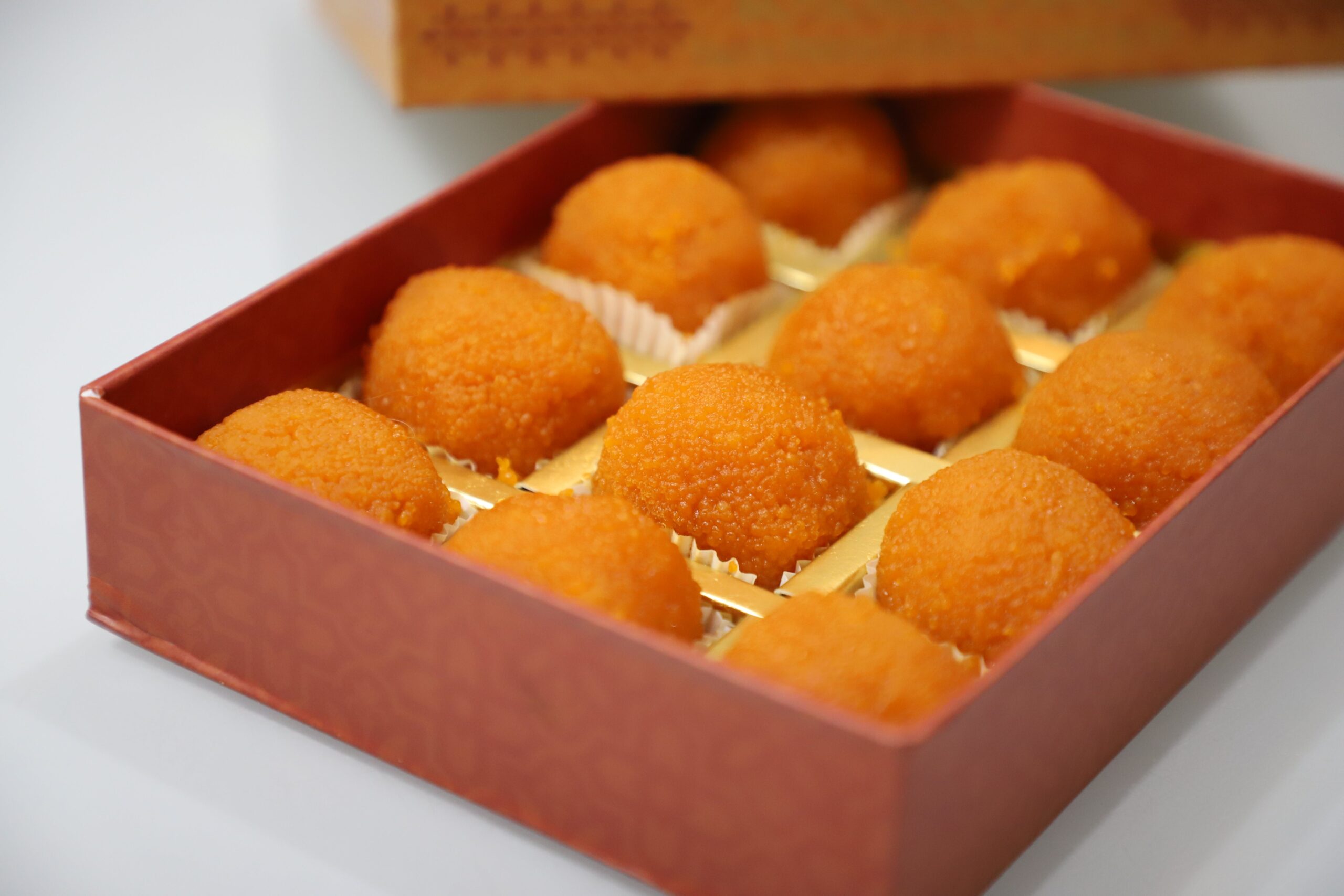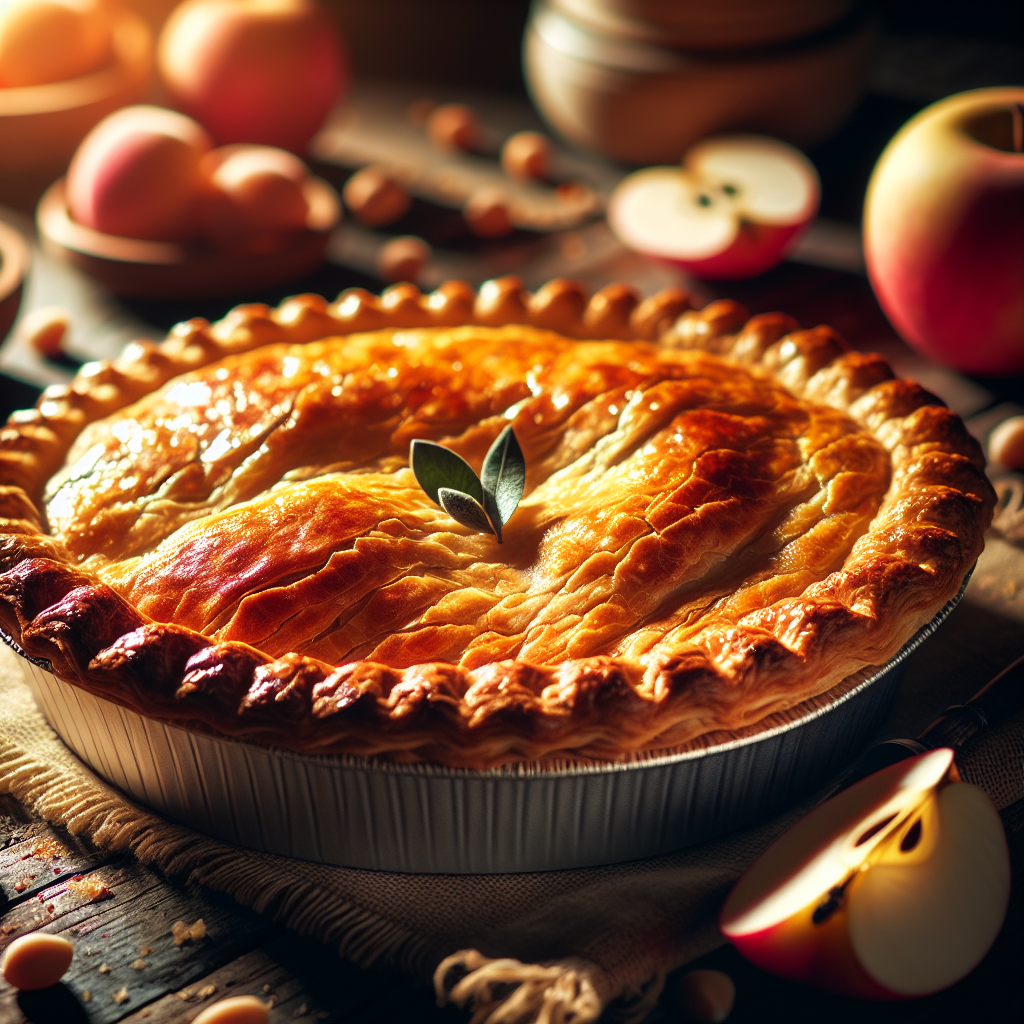If you’ve ever found yourself in a baking dilemma when it comes to avoiding dairy, fear not! Tastepan is here to provide you with all the dairy-free baking tips and tricks you need to create delicious and satisfying treats. Whether you have a lactose intolerance or are simply looking to reduce your dairy intake, we’ve got you covered. From ingredient substitutions to helpful techniques, our comprehensive guide will have you confidently creating delectable dairy-free desserts in no time. Get ready to impress your friends and family with your newfound baking skills!

Choosing Dairy-Free Ingredients
Substitute for butter
When it comes to substituting butter in dairy-free baking, there are several options available. One popular choice is to use plant-based margarine or spreads, which have a similar texture and flavor to butter. You can also experiment with using coconut oil or vegetable shortening as alternatives. These options will provide the necessary fat content in your recipes while keeping them dairy-free.
Substitute for milk
If you’re looking for a dairy-free substitute for milk, there are a variety of options to choose from. One common choice is to use almond milk, which has a subtle flavor that won’t overpower your baked goods. Other alternatives include soy milk, rice milk, and oat milk. These options can be used interchangeably in most recipes, and each will bring its own unique flavor and texture to your baked goods.
Substitute for cream
When it comes to substituting cream in dairy-free baking, there are a few options that can work well. One popular choice is to use coconut cream, which has a rich and creamy texture that is similar to traditional cream. Another option is to use cashew cream or almond cream, which can be made by blending soaked nuts with water until smooth. These alternatives will provide the creamy consistency needed in many recipes without the use of dairy.
Substitute for cheese
Finding a good substitute for cheese in dairy-free baking can be a bit more challenging, as the flavor and texture of cheese are often difficult to replicate. However, there are some options that can work well. One popular choice is to use nutritional yeast, which has a cheesy flavor and can be sprinkled on top of dishes or incorporated into vegan cheese sauces. Another option is to use dairy-free cheese alternatives, which can be found in many grocery stores and come in a variety of flavors and textures.
Understanding Dairy-Free Baking Science
How to replace dairy in recipes
Replacing dairy in recipes requires understanding the role that dairy plays in baking. In many recipes, dairy products provide moisture, fat, and structure. To replace these components, it’s important to choose appropriate substitutes based on their properties. For example, if a recipe calls for milk, you can use a non-dairy milk alternative that has a similar consistency and moisture content. Understanding the chemistry of baking and how different ingredients interact will help you make successful dairy-free substitutions.
Understanding the role of dairy in baking
Dairy products, such as milk and butter, play a crucial role in baking. Milk provides moisture, helps to bind ingredients together, and contributes to the overall structure of baked goods. Butter adds flavor, tenderness, and richness to recipes. Understanding the specific functions that dairy products serve in baking will help you choose suitable substitutes that will yield the desired results in your dairy-free recipes.
How different dairy alternatives affect the texture and flavor of baked goods
When replacing dairy with alternatives in baking, it’s important to consider how these substitutions will impact the texture and flavor of your baked goods. Non-dairy milk alternatives, for example, can affect the moisture content and density of your final product. Some alternatives may also impart their own distinct flavors, which can complement or alter the overall taste of your baked goods. Experimenting with different dairy alternatives will give you a better understanding of how they impact the texture and flavor of your recipes.

Achieving Moisture and Texture
Using plant-based oils and fats
In dairy-free baking, plant-based oils and fats can provide the necessary moisture and richness that dairy products typically contribute. Coconut oil, for example, is a popular choice due to its solid consistency at room temperature and the subtle coconut flavor it imparts. Other options include vegetable oils, such as canola or olive oil, which can provide moisture and tenderness to your baked goods. Experimenting with different oils and fats will help you achieve the desired texture in your dairy-free recipes.
Incorporating fruits and vegetables
Fruits and vegetables can add moisture, texture, and flavor to your dairy-free baked goods. Applesauce and mashed bananas, for example, can be used as egg replacers and help retain moisture in your recipes. Pumpkin puree and grated zucchini are also great options for adding moisture and texture to cakes and muffins. Experimenting with different fruits and vegetables will not only make your recipes dairy-free but also introduce new and exciting flavors to your baked goods.
Utilizing dairy-free yogurt or sour cream substitutes
Dairy-free yogurt or sour cream substitutes can be used to add moisture and tanginess to your dairy-free baked goods. These alternatives provide the same creaminess and acidity that traditional yogurt or sour cream contribute while keeping your recipes dairy-free. Coconut milk yogurt, almond milk yogurt, and soy-based sour creams are some examples of popular dairy-free alternatives that can enhance the texture and flavor of your baked goods.
Experimenting with non-dairy milk alternatives
In dairy-free baking, non-dairy milk alternatives can serve as replacements for cow’s milk. Each type of non-dairy milk has its own unique flavor and texture, which can affect the outcome of your recipes. Almond milk, for example, has a subtle nutty flavor, while coconut milk adds a rich and creamy quality to baked goods. Soy milk and oat milk provide a neutral base that works well in a wide range of recipes. Trying out different non-dairy milk alternatives will help you find the perfect match for your dairy-free baking needs.
Enhancing Flavor in Dairy-Free Baked Goods
Choosing the right sweeteners
Choosing the right sweeteners is essential for enhancing the flavor of dairy-free baked goods. While traditional white sugar is commonly used in baking, there are many alternatives available that can add depth and complexity to your recipes. Natural sweeteners like maple syrup, honey, and coconut sugar can bring their own unique flavors to your baked goods. You can also experiment with alternative sweeteners like Stevia or monk fruit extract for a low-calorie option. Finding the right sweetener based on your taste preferences will ensure delicious dairy-free treats.
Adding natural flavor extracts and spices
Natural flavor extracts and spices are excellent additions to dairy-free baked goods, as they can enhance the taste and aroma of your recipes. Vanilla extract, for example, is a classic choice that pairs well with a wide variety of flavors. Other extracts, such as almond, coconut, or lemon, can bring a unique twist to your dairy-free treats. Spices like cinnamon, nutmeg, or ginger can also add warmth and depth to your recipes. Experimenting with different extracts and spices will help you create flavorful dairy-free baked goods that are sure to impress.
Using citrus zest and juices
Citrus zest and juices are fantastic ingredients to incorporate into dairy-free baked goods, as they can add brightness and tanginess. Adding lemon zest or orange zest to your batter can elevate the flavor and give a refreshing twist to your creations. Additionally, freshly squeezed citrus juices can be used in glazes, frostings, or even as a liquid component in your recipes. The subtle acidity and citrusy flavors will enhance the overall taste of your dairy-free treats.
Incorporating nuts, seeds, and dried fruits for added depth of flavor
Nuts, seeds, and dried fruits can provide additional depth and texture to your dairy-free baked goods. Chopped nuts like almonds, walnuts, or pecans can be folded into your batter or sprinkled on top to add crunch and nuttiness. Seeds such as chia or flax can be added for extra nutritional benefits and a slight nutty taste. Dried fruits like raisins, cranberries, or apricots can bring a natural sweetness and chewiness to your recipes. Adding these ingredients will not only enhance the flavor of your dairy-free treats but also make them more interesting and satisfying.

Understanding Dairy-Free Egg Substitutes
Flaxseed and chia seed eggs
Flaxseed and chia seed eggs are popular egg substitutes in dairy-free baking. To make a flaxseed egg, simply mix ground flaxseed with water and let it sit until it forms a gel-like consistency. Chia seed eggs are made in a similar way, using ground chia seeds instead. These substitutes work well in recipes that require eggs as a binding agent, and they also add moisture to your baked goods. The natural gelling properties of flaxseed and chia seeds make them excellent alternatives in dairy-free baking.
Applesauce and mashed bananas as egg replacers
Applesauce and mashed bananas are excellent choices for replacing eggs in dairy-free baking. These fruit purees serve as natural binders and can lend moisture and sweetness to your recipes. In addition to providing structure and moisture, they can also contribute a subtle fruity flavor that complements a variety of baked goods. When using applesauce or mashed bananas as egg replacers, keep in mind that they may slightly alter the texture and flavor of your final product.
Commercial egg replacers
There are several commercially available egg replacers that are specifically designed for vegan and dairy-free baking. These substitutes typically come in powdered form and can be mixed with water to create an egg-like consistency. They are often made from a combination of starches and leavening agents, which work to replicate the binding, leavening, and moisture attributes of eggs. Commercial egg replacers are a convenient option for those who prefer a ready-to-use alternative in their dairy-free baking.
Baking soda and vinegar for leavening
Baking soda and vinegar can be used together as an egg substitute in dairy-free baking recipes that require leavening. When combined, baking soda and vinegar create a reaction that produces carbon dioxide bubbles, which help to leaven your baked goods. This combination works particularly well in recipes that call for a light and fluffy texture, such as cakes and muffins. The acidity of the vinegar also helps to neutralize the taste of baking soda, resulting in a well-balanced flavor in your dairy-free creations.
Mastering Dairy-Free Bread and Pastry
Creating dairy-free bread doughs
Creating dairy-free bread doughs requires substituting dairy ingredients like butter or milk with suitable alternatives. Instead of butter, you can use plant-based margarine, coconut oil, or vegetable shortening to provide the necessary fat content. When it comes to replacing milk, non-dairy milk options like almond milk, soy milk, or oat milk can be used as a one-to-one replacement. These alternatives will allow you to bake delicious, dairy-free bread while maintaining the desired texture and flavor.
Substituting butter in pie crusts and pastries
When making dairy-free pie crusts and pastries, substituting butter is essential. Plant-based margarine or shortening can be used as a direct replacement for butter in these recipes. Their solid consistency at room temperature and similar texture to butter will provide the necessary fat content and help create a flaky and tender crust. It’s important to note that the flavor profile may vary slightly with these substitutes, so experimenting with different brands and types will help you find the right choice for your dairy-free creations.
Making fluffy dairy-free scones and biscuits
To make fluffy dairy-free scones and biscuits, it’s important to choose the right ingredients and follow proper technique. Replace butter with plant-based margarine or shortening to achieve the desired texture and richness. Use non-dairy milk alternatives like almond milk or soy milk to moisten the dough and help with the rise. Be sure not to overmix the dough to avoid developing gluten, which can result in dense and tough scones or biscuits. With the right combination of ingredients and technique, you can create light and fluffy dairy-free treats that are just as delicious as their traditional counterparts.
Perfecting Dairy-Free Cakes and Cupcakes
Choosing the right dairy-free cake recipes
When choosing dairy-free cake recipes, it’s important to consider the ingredients and techniques used. Look for recipes that specifically mention being dairy-free or vegan, as they will already be designed without any dairy products. Additionally, recipes that use alternative fats like vegetable oil or coconut oil instead of butter will provide the desired texture and moisture in your dairy-free cakes. By selecting the right recipes, you’ll be on your way to creating dairy-free cakes that are moist, flavorful, and absolutely delicious.
Replacing milk and butter in cake batter
In dairy-free cake baking, replacing milk and butter is key. Replace milk with non-dairy alternatives like almond milk, soy milk, or oat milk, following a one-to-one ratio. These alternatives will provide the necessary moisture and help the cake rise. For replacing butter, options like plant-based margarine, coconut oil, or vegetable shortening can be used. Ensure that these alternatives are at room temperature and in a solid state, similar to butter, for the best texture and flavor. Carefully choosing appropriate replacements will result in dairy-free cake batters that produce moist and tender cakes.
Making dairy-free frosting and glazes
Making dairy-free frosting and glazes is simple and delicious. Instead of traditional buttercream, you can use a dairy-free margarine or vegetable shortening as the base for your frosting. Non-dairy milk alternatives like almond milk or coconut milk can be added to achieve the desired consistency. To add flavor, incorporate natural extracts, such as vanilla or almond, and sweeten with your preferred dairy-free sweetener. For glazes, you can use powdered sugar mixed with dairy-free milk and additional flavorings. Experimenting with different ingredients will help you find the perfect dairy-free frosting and glaze recipes for your cakes and desserts.
Achieving moist and tender dairy-free cupcakes
Achieving moist and tender dairy-free cupcakes starts with the right ingredients. Replace butter with plant-based margarine or coconut oil to provide moisture and richness. Non-dairy milk alternatives, such as almond milk or soy milk, can replace cow’s milk and maintain the necessary liquid content. Additionally, using a combination of vinegar and non-dairy milk will create a reactio

